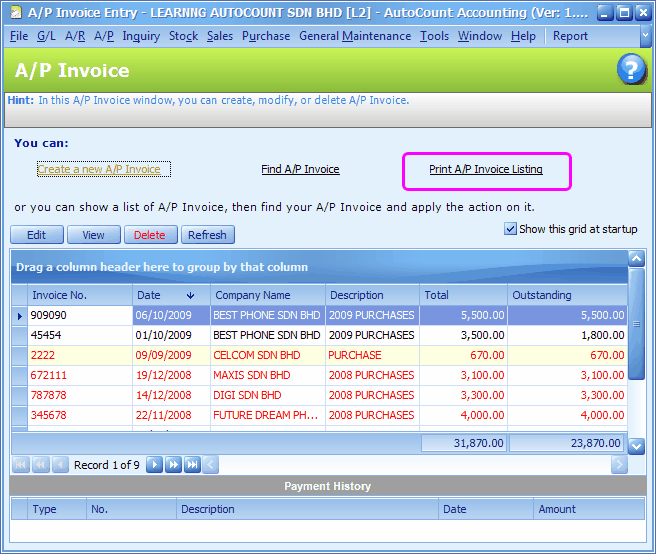

I have a new spreadsheet I need you to sort out at your earliest convenience.I would like to see you working on that document at your earliest convenience.They expect the task to be finished within a certain time frame ( based on the length of the task). It’s just a polite alternative to “as soon as possible,” and you should make sure that the “convenience” suits your boss. You have a chance to finish your current task, but your boss has likely set you a new task with the aim of you completing it promptly. Instead, if you hear this phrase from your boss, it means you should work on the task as soon as you can. While some people might believe that means that we can work on the task at our own pace, this isn’t common practice. We can ask somebody to do it “at their earliest convenience,” meaning that when they have a spare minute, we would really appreciate their assistance. “At your earliest convenience” is an idiom we use to show that we have an important task lined up. We encourage you to forward this article to colleagues or include it in your internal publication with the following credit line: “Reprinted with the permission of Telephone Doctor Customer Service Training # Ready to implement a service training initiative that empowers your staff to best handle irate customers? Request a free demo of the video: Only 1 percent of our visitors get these 3 grammar questions right. Research shows that clients who successfully have had their problem resolved end up being more loyal customers than those who never had a set-back in the first place. NO EXCUSES! Excuses are the same as screaming: “I’M NOT GOING TO HELP YOU NOW!!!” No one wants to hear “I’m new,” or “Our computer is down,” or “I’m the only one in the office.” That’s your problem, not theirs. Now please…tell me exactly what happened.” “Let’s get started and see how I’m able to help. Demonstrate with your voice that you sincerely care about resolving this situation. “Again, my name is Carlos and I’m here to help you resolve this.”Īsk intelligent questions that will help you get to work on sorting out what’s bothering them. Even if you said your name earlier, this personalizes the situations and builds confidence.Ī. Accept the responsibility by re-introducing yourself. You should have the mentality that you’re 100% responsible for guiding this to a successful resolution. “That’s got to be extremely frustrating.”Įvery time you handle a customer you represent your organization. Sympathy means acknowledging another person’s emotional hardships and providing comfort and assurance.Įmpathy means understanding how someone feels because you’ve experienced it also. It’s important to validate their feelings of frustration. “Ms Jackson, I apologize for the issues you’re having with your invoice.” And notice we’re saying “apologize,” not “I’m sorry.” I’m sorry is when you step on someone’s toes.Ī.

If your organization fouled up, ADMIT it. You’ll need to spend about 80% of your time smoothing the customer’s feelings and about 20% of your time working on the problem. Use the ASAP Technique to diffuse irate customers:Īpologize and Acknowledge the Customer’s Feelings Mirroring their rudeness will only escalate their anger. Customers find it more challenging to be rude to someone who’s warm, genuine and friendly. You’re merely the lightening rod in this situation, not the target of the anger.Remember to keep a smile on your face as you begin to handle the situation. With the proper techniques you can do a great deal to diffuse your customer’s anger.Always keep in mind that an angry customer isn’t unhappy with you, they’re upset about a situation or your organization. Having a solid strategy in place to handle these situations will be the difference between feeling frustrated and stressed out OR calmly guiding the situation back to a productive relationship. For some of us it’s thankfully a rare event and for others it’s a daily occurrence. If you spend time in a customer facing position there’s a high probability you’ll encounter customers who are upset, rude, angry and irate.


 0 kommentar(er)
0 kommentar(er)
